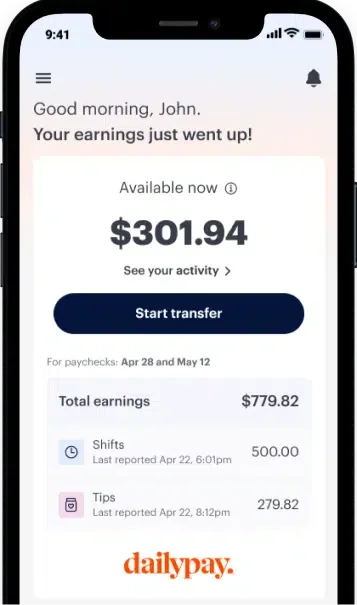Self-care is all about making yourself a priority. This often means taking time for restorative rituals that help you recharge, reduce stress, and think more clearly. What that looks like in practice varies from person to person, but 73% of those surveyed by wellness software company Vagaro said that the pandemic has put self-care front and center. Respondents also recognized that self-confidence, productivity and happiness all spiked as a result of practicing self-care.
We’re not just talking about eating well and exercising, though that’s certainly important to living a healthy life. Financial self-care deserves equal attention, especially since 61% of Americans are stressed out about money, according to the American Psychological Association. Below are some financial self-care practices to consider adopting in the new year.
Budgeting
Stress tends to crop up when we feel out of control. If you’re spending your paychecks without a financial plan, you’re more likely to overspend or forget to pay a bill. Creating a budget can be a game changer. At the end of the day, it’s simply a plan for how you’ll spend your income. It accounts for all your monthly expenses, as well as your earnings. You can organize these numbers using a spreadsheet, budgeting app, or good old pen and paper. What matters most is being intentional about how you’re spending.
A strong budget can also help you plan ahead for financial goals. The idea is to save money little by little until you cross the finish line.
Checking in with your financial behavior
Even with the best budget possible, life has a way of throwing surprises our way. Regularly checking in with yourself is a self-care practice that can go a long way in reducing financial stress. Make it a weekly date and turn it into a positive ritual. The goal is to look back on the previous week and take stock of where you are. Did you end up overspending or falling short of your saving goals? If so, why?
Now is the time to identify issues and troubleshoot solutions to prevent them from happening again. This doesn’t have to be super formal — think of it as a quick check-in with yourself to keep financial stress at bay. You can also use this time to up your financial education. Maybe read a blog post about investing or watch a YouTube series about saving for retirement; whatever you feel drawn to.
Exploring financial meditation
There’s a ton of research touting the benefits of meditation. It’s known to reduce stress, improve physical and mental health, and set the stage for better decision making. It isn’t all that surprising that these benefits can directly improve your financial life. Meditation calms the mind and increases self-awareness, which are never bad things. Popular meditation apps like Headspace and Insight Timer both feature guided financial meditations. Most are centered on cultivating a positive relationship with money.
That’s no small thing when you think about it. Our beliefs shape our mindset, which influences our behavior. It stands to reason that those who feel secure and confident around money will make better financial decisions.
Making a plan to pay down debt
This can be a real source of stress. One Capital One survey found that 45% of Americans worry about how their debt will affect their financial future. Making a plan for getting out of debt can help minimize anxiety. This is precisely why it’s such an essential self-care practice.
Begin where you are and list out all your open balances, along with your minimum monthly payments and interest rates. Credit cards are usually the most expensive type of debt to carry, so paying those down first might significantly reduce your stress levels. It can also improve your credit score, which typically unlocks better financing options — whether you’re leasing a car or applying for a mortgage. This is all to say that different aspects of your financial life are interconnected. In this way, prioritizing self-care can have a positive ripple effect.
Visualizing your financial future
Financial goals are unique. One person might have their sights set on becoming a homeowner while another dreams of traveling abroad. A big part of financial self-care is nurturing those goals so they can eventually become your reality. Take some time to get clear on what you want. From there, you can create micro-goals that you work toward in the short term. Maybe that means saving a certain percentage of your earnings each paycheck or picking up a temporary side gig.
Regardless of your goals, visualizing your financial future can be a powerful self-care habit. You can do this by making a vision board, either in real life or on Pinterest. The idea is to illustrate what that life looks like to you. Guided visualization is another option. It’s a type of meditation that prompts you to see your future in your mind’s eye, then feel the positive emotions that those images create. That may sound silly, but research suggests that evoking these feelings can boost your motivation and direction.
Making time to take care of yourself isn’t always easy, but the benefits are usually worth it. DailyPay is designed to make your financial life even easier by providing on-demand access to your earned pay. Think of it as one more way to reduce financial stress.

